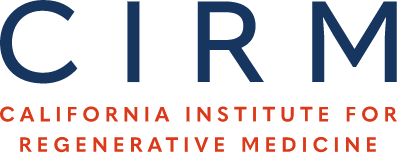RNA Modifications in Cancer Stem Cell Biology.
Publication Year:
2023
PubMed ID:
38112998
Public Summary:
Cell function can be largely defined by its gene expression that regulates production of functional proteins. Different layers of mechanisms control gene expression to ensure correct protein synthesis and cell function. One such control mechanism involves chemical modification of RNA molecules that act as messengers of DNA-encoded information for protein synthesis. Once chemically modified, RNA molecules can be recognized by various proteins that influence RNA stability and other properties. In cancer, chemical modification of RNA molecules is greatly disturbed, leading to incorrect gene expression programs that promote cancer progression. In this publication, we summarize cancer-related changes of RNA modifications and how they affect cancer progression. Importantly, we highlight the potential for developing novel cancer therapies that target cancer-specific RNA modifications.
Scientific Abstract:
Post-transcriptional regulation of gene expression shapes the cell state both in health and disease. RNA modifications-especially N(6)-methyladenosine (m(6)A)-have recently emerged as key players in RNA processing that depends on a sophisticated interplay between proteins of the RNA modification machinery. Importantly, the RNA epitranscriptome becomes dysregulated in cancer and promotes cancer-associated gene expression programs as well as cancer cell adaptation to the tumor microenvironment. At the top of the tumor hierarchy, cancer stem cells (CSCs) are master regulators of tumorigenesis and resistance to therapeutic intervention. Therefore, defining how RNA modifications influence the CSC state is of great importance for cancer drug development. In this chapter, we summarize the current knowledge of the roles of RNA modifications in shaping the CSC state and driving gene expression programs that confer stem-like properties to CSCs, promote CSC adaptation to the local microenvironment, and endow CSCs with metastatic potential and drug resistance.



